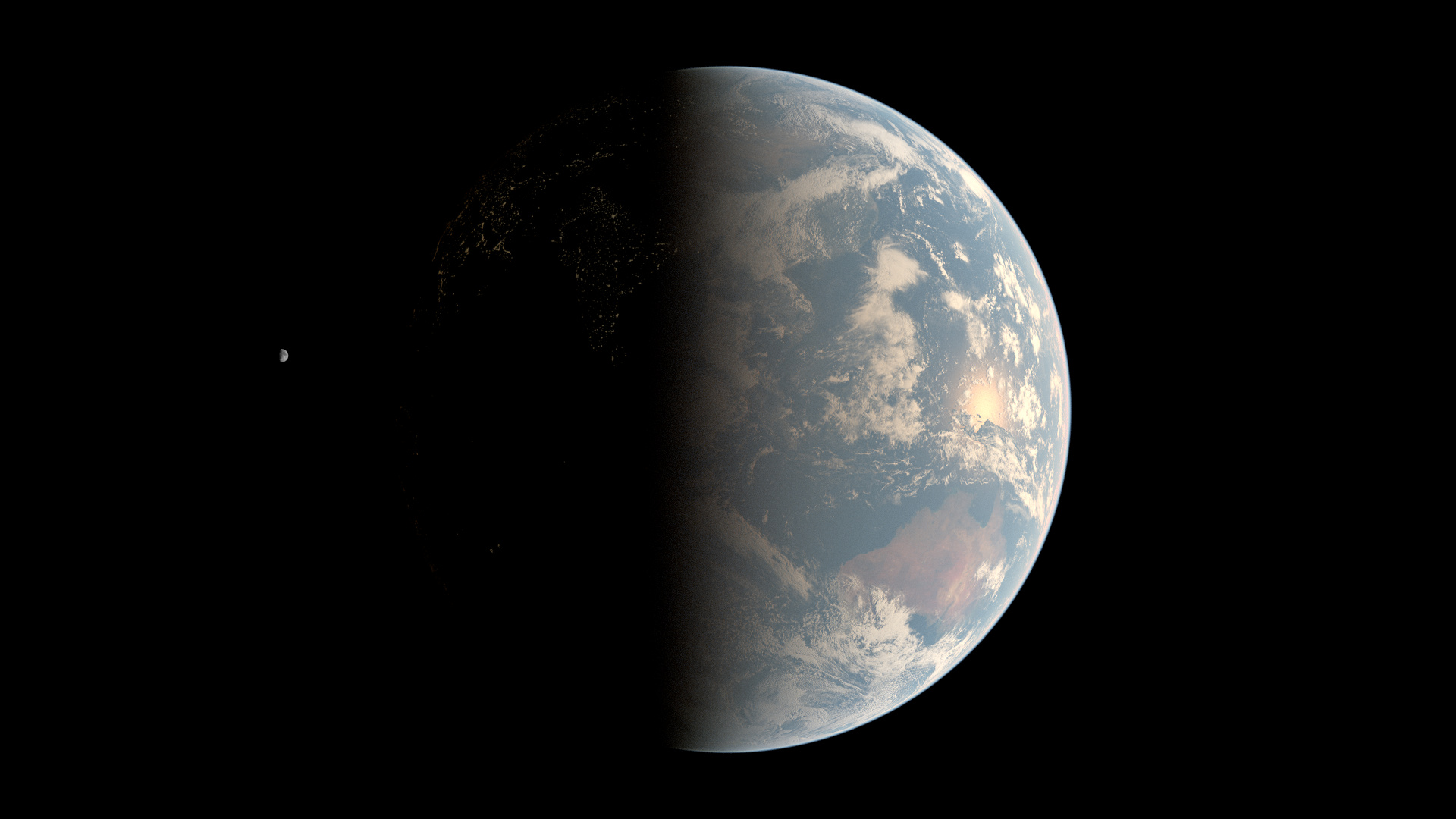Grok 4 Breaks Boundaries with Unmatched Realism in Earth Simulation Technology and Modeling

Grok 4 Ushers in a New Era of Hyper-Realistic Earth Simulation
Unprecedented Realism in Digital Earth Modeling
A significant stride forward in artificial intelligence has just emerged with the debut of the Grok 4 platform, celebrated for creating the most convincing simulation of our planet to date. This advance stands out due to its exceptional precision and fidelity, setting a new bar for what is technologically achievable in digital earth recreation. The model’s architecture surpasses previous benchmarks, providing a level of intricacy—down to accurate light diffusion, atmospheric gradation, and micro-scale phenomena—that sharply differentiates Grok 4 from competing systems.
Through leveraging state-of-the-art computational techniques, Grok 4 ensures that everything from continental drift to cloud shadow projections aligns closely with real-world data. Its design integrates multi-dimensional modeling, incorporating terrestrial, atmospheric, and orbital elements into a unified, interactive ecosystem. This meticulous rendering allows scientists, developers, and enthusiasts to witness dynamic changes in climate, weather, and ecological systems in real time, directly on their screens.
With this leap, the simulation enters a new class of authenticity, reconstructing not just major geophysical processes but also subtle environmental incidents. These attributes enable more accurate analyses and forecasts, setting the stage for breakthroughs in climate science, urban planning, and environmental education.
Origins, Evolution, and Key Innovations
The foundation of this achievement lies in the continuous progression of artificial intelligence models specializing in environmental simulation. Initially, earlier platforms like Gemini 2.5 Pro and GPT-o4-mini made notable strides by constructing viable digital representations of the Earth, yet they often faced limitations in both resolution and the complexity of simulated interactions. Grok 4 emerged by breaking through these technical constraints, introducing enhanced rendering algorithms that process vastly larger datasets with increased speed and depth.
Among the most transformative aspects is the ability to simulate not only surface characteristics but also the interactions between atmospheric layers, planetary rotations, and even orbital patterns of Earth’s satellites and the moon. The architecture incorporates solutions to mathematical and physical challenges that previously seemed insurmountable, particularly around fluid dynamics and the Navier-Stokes equations, enabling more lifelike depiction of weather and hydrological cycles.
This approach results in an interactive globe that mirrors real-world complexity, with constantly updated simulations reflecting ongoing environmental changes. Crucially, Grok 4’s model supports advanced physics calculations and multi-agent reasoning, allowing it to serve the needs of advanced research in addition to practical and educational use.
Comparative Edge Over Other Leading Platforms
Standing out in a crowded field, Grok 4 delivers a range of features that redefine standards for digital earth emulation. Where earlier models might capture the shape and movement of landscapes, Grok 4 achieves a higher order of realism through granular simulation of sunlight distribution, weather patterns, and shadow interplay.
Its novel multi-agent system, found especially in the advanced configuration, enables collaborative processing of complex global scenarios—an advantage for researchers requiring simultaneous modeling of interconnected events. This capability allows for granular analysis of cause-and-effect relationships between atmospheric, terrestrial, and oceanic variables, so forecasts and scenario planning come with unparalleled accuracy.
Additionally, Grok 4’s processing engine is tailored for real-world scientific and commercial applications. Whether in the hands of climate scientists visualizing projected change, city planners assessing future urban development, or educators engaging students with interactive content, the simulation’s depth and authenticity drive practical value.
Pivotal Features Redefining Simulation Standards
At the core of Grok 4’s success is a tightly integrated system that leverages advanced computational power for fast, highly detailed rendering. The simulation’s foundation rests on breakthrough physics and mathematics engines, capable of parsing massive volumes of spatial and temporal data to provide a living model of the planet.
Its support for 3D visualization extends to light modeling, cloud stratification, and intricate topographical transformation, while energy distribution algorithms allow for accurate heat flow and weather prediction in simulated environments. Behind the scenes, the platform is optimized for hardware acceleration, making it accessible for large research initiatives as well as independent developers.
This power also extends into operational contexts where real-time interaction with the simulated Earth can inform decisions about environmental policy, disaster response, and resource allocation. By incorporating comprehensive datasets and machine learning frameworks, Grok 4 can identify patterns, forecast outcomes, and deliver actionable insights with a level of precision previously unattainable in earth simulation.
Implications and the Path Forward
The emergence of this new simulation marks a turning point in the utilization of artificial intelligence for planetary analysis and exploration. Its rise is not simply a matter of incremental improvement, but a radical transformation in the fidelity with which humanity can observe, predict, and understand Earth’s systems. By setting a fresh benchmark for detailed rendering and precise reproduction, the technology opens doors to more robust models of climate dynamics, resource management, and educational media.
As stakeholders in science, business, and public policy begin harnessing these capabilities, society stands to benefit from more informed decision-making and expanded insight into our world’s intricate processes. The ripple effect promises to reach multiple sectors, from environmental forecasting to advanced industrial planning, all powered by the most realistic earth simulation yet made possible.
